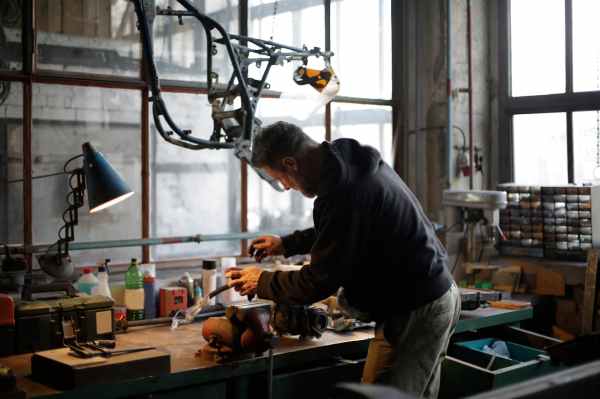Despite being an acronym, the word SME (referring to small and medium-sized enterprise) is even included in the RAE dictionary, defined as ‘a company with a small number of employees and a small turnover’.
But what exactly are we talking about when we refer to a small number of people and a small turnover?
Types of SMEs by size of workforce and turnover
According to the European Commission’s recommendation of 6 May 2003, published in the Official State Gazette, SMEs are companies with no more than 250 employees and an annual turnover of no more than 50 million euros or a balance sheet total for the same period of time of no more than 43 million euros.
The small enterprise category is further narrowed down to those companies with at most 50 employees and an annual turnover or balance sheet total not exceeding EUR 10 million.
Micro enterprises are even smaller, with a limit of ten employees and an annual turnover or balance sheet total of no more than 2 million euros.
Characteristics of SMEs
Some of the main characteristics of small and medium enterprises are:
- Size. As we have seen above, SMEs are small in terms of the size of their workforce, their infrastructure and their operations.
- Scope of action. Generally speaking, they are companies that operate in a limited geographical location and do not tend to expand their operations to larger areas.
- Independence. As they are not related to companies of higher status, small and medium-sized enterprises may have a higher degree of autonomy in terms of management and decision-making.
- Flexibility. Also related to the independence mentioned in the previous point, the ability to adapt to demands provides flexibility when it comes to adjusting operations and strategies, something that is more complex to manage for larger companies.
- Familiar. Although this is not always the case, SMEs are often owned by members of a single family.
- Less bureaucracy. A feature derived from the very size of this type of company means that bureaucratic processes are less complex.
- Proximity to the customer. Due to their size and flexibility, SMEs can count on a greater degree of proximity to the customer, offering a more personalised service and, therefore, more adapted to their needs.
- Innovation. The fact that they do not have large budgets can be an incentive to search for creative solutions, which can lead to a greater capacity for innovation.
- Technological support. Having limited resources can become an opportunity, as in the case of technology, which can help on different fronts in the development of SMEs.
Disadvantages of SMEs
However, the very nature of small and medium-sized enterprises means that they have a series of disadvantages for the development of their activity. These are some of them:
- Vulnerability. Due to their size and limited resource capacity, SMEs may be more vulnerable to potential crises.
- Competition. Competition from larger companies, with more financial and other possibilities, will always be a disadvantage that SMEs will have to deal with.
- Limited resources. From different perspectives, such as financial, technological and human resources, SMEs have much fewer resources than large companies.
- More complicated financing. Access to credit or loans can be more complex for small and medium-sized enterprises, which limits their financing possibilities.
Conclusion
SMEs, those companies with less than 250 employees, are a very important part of the business ecosystem and the economic fabric due to their capacity to create jobs, contribute to local development and drive innovation.
With all the pros and cons that we have been discussing throughout the article, another fact that supports the importance of SMEs in the economy in general and in the business world in particular is that, in Spain alone, there are almost three million SMEs. In fact, 99.8% of Spanish companies are SMEs.









